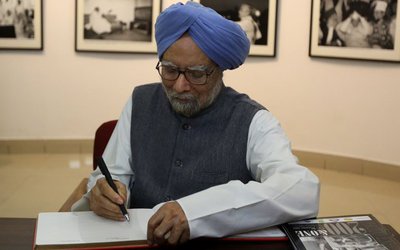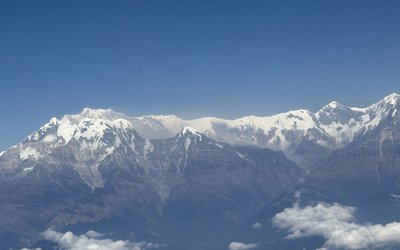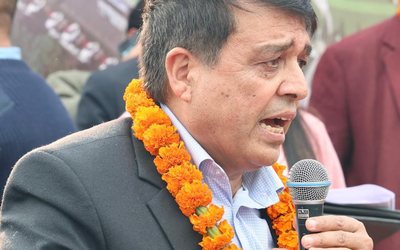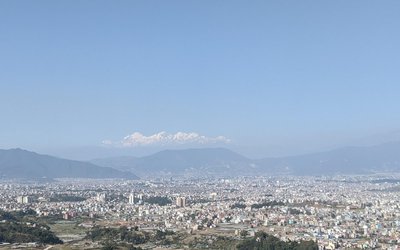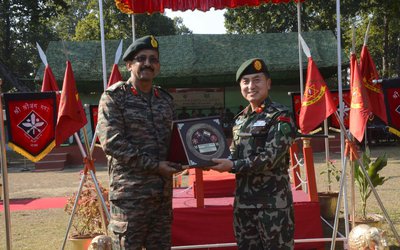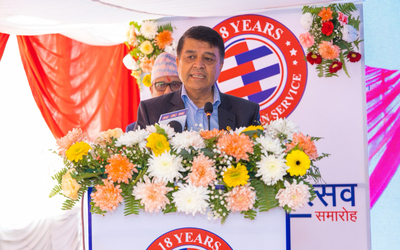
The Government of Nepal had laid the foundation stone for 396 basic and 7 communicable diseases hospitals dated on Mangsir 15 at a time all over the country. It’s a new initiative towards constitutional rights of people. The 2015 constitution of Nepal ensures health care as a fundamental right of every citizen. The health care mandate laid out in the constitution includes every citizen shall have the right to see basic health care services from the state, no one citizen shall be deprived of emergency health care, each person shall have the right to be informed about their health condition, each person shall have equal access health care and each citizen shall have the right to access to clean water and hygienic
In the same way National Health Policy (NHP) 2014 sets out a forward-looking agenda for improving the health and well-being of all citizens of Nepal including the elderly, differently abled people, single women and poor, marginalized and vulnerable communities. It articulates the nation's commitment toward achieving universal health coverage (UHC).
Aiming to seek health as a central component of overall development; building partnership and establishing mutual collaboration, the vision of NHP ensures that all Nepali citizens have productive and quality lives with the highest levels of physical, mental, social and emotional health.
According to Nepal Health facility survey 2015, existing hospital facilities, level of infrastructure, resources, management, general service readiness, and quality of care are:
ü About 8 in 10 facilities have an improved water source and client latrines, half of facilities have regular electricity and one-fifth of facilities have communication equipment. However, only 1 in 10 localities have a computer with Internet access. Except for an adult weighing scale, a blond pressure apparatus, and a light source, public health facilities are more likely to have basic equipment available than private health facilities.
ü Only about half of facilities have both soap and running water facilities.
ü Neatly all health facilities in Nepal offer child curative care, family planning, antenatal care, malaria diagnoses and/or treatment, and non-communicable disease services Sexually transmitted infection (STH) diagnosis or treatment services are less commonly available
ü About two-thirds of Nepal health facilities offer the package of basic client services (outpatient curative care for sick children, child growth monitoring. child vaccinations, any modern method planning antenatal care, and services for STIs)
ü Of 18 tracer medicines, only chloramphenicol capsules applicap, cotrimoxazole suspension or dispersible pediatric dose tablets and RHZ (isoniazid + rifampicin + pyrazinamide) are available in less than half of health facilities.
ü Only 37 percent of facilities conduct regular management meetings, and 35 percent involve the community in these meetings around two thirds of facilities have both routine staff training and personal supervision.
Main challenges of health facilities and institutions are how to overcome the above situation and create a new horizon. The total private hospitals in Nepal are 364, teaching hospitals are 19, zonal and regional are 27, district and community hospital are 76 till date.
Beside health centers is 329, primary health posts are 202, health post are3805. Most of the health care facilities are providing their services in respective districts.In health facilities planning,the constitutional spirit of networking and cooperation must be incorporated. All the local governments must decide to develop self-managed hospitals and refer hospitals in near territory with their capacities. All refer and specialized hospitals must be managed by the provincial and federal government respectively.
That will create health services networking and synergy. Federal and provincial governments must plan not only hospitals for communicable diseases. They have plans to go through the causes of total numbers of death in the province as specified by Top 10 causes of total numbers of death in 2019. ( http://healthdata.org/nepal) .
Constructing the building infrastructure for hospital mightn’t be perfect hospital targeting to health services. Beside building the three-tier governments should focus on well-equipped facilities, skill human resources and major props defining the nature of treatment. Health institutions must be quality service provider with standard laboratory, pathology, sanitation and hygiene. Recently municipalities could not recruit doctors in COVID-19 hospitals through open advertisement. Hospitals are always facing modern, high tech health equipment operators. How to manage 1,16,825 human resources in these new building hospitals with different capacities. Now three tiers of government must plan and work on those short coming issues and may convey a good message to the citizen living with fear of pandemic COVID-19.
It’s time to critically review our existing quality with set standard of hospitals too. People who are clapping hands during the laying of foundation stone are eagerly waiting to get health facilities from nearest centers. It’s time for making collaborative effort aiming for better health facilities in Nepal.
Ghimire is Sr. Divisional Engineer currently working in Department of Local Infrastructure, Lalitpur

